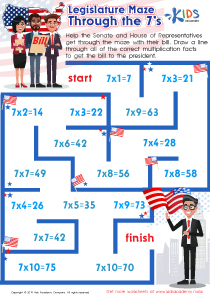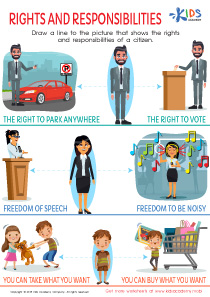Color Identification Normal Community Worksheets for Ages 3-8
3 filtered results
-
From - To
Perfect for children aged 3-8, our "Color Identification Normal Community Worksheets" are designed to enhance early learning through engaging activities. These printable resources help young learners recognize and name different colors while exploring their surroundings and developing social studies skills. Each worksheet combines creativity and education, ensuring kids stay motivated and excited about their learning journey. Made by educational experts, these worksheets are an excellent tool for parents and teachers aiming to build foundational skills in a fun, interactive way. Equip your little ones with essential learning tools that foster growth and understanding of the vibrant world around them.
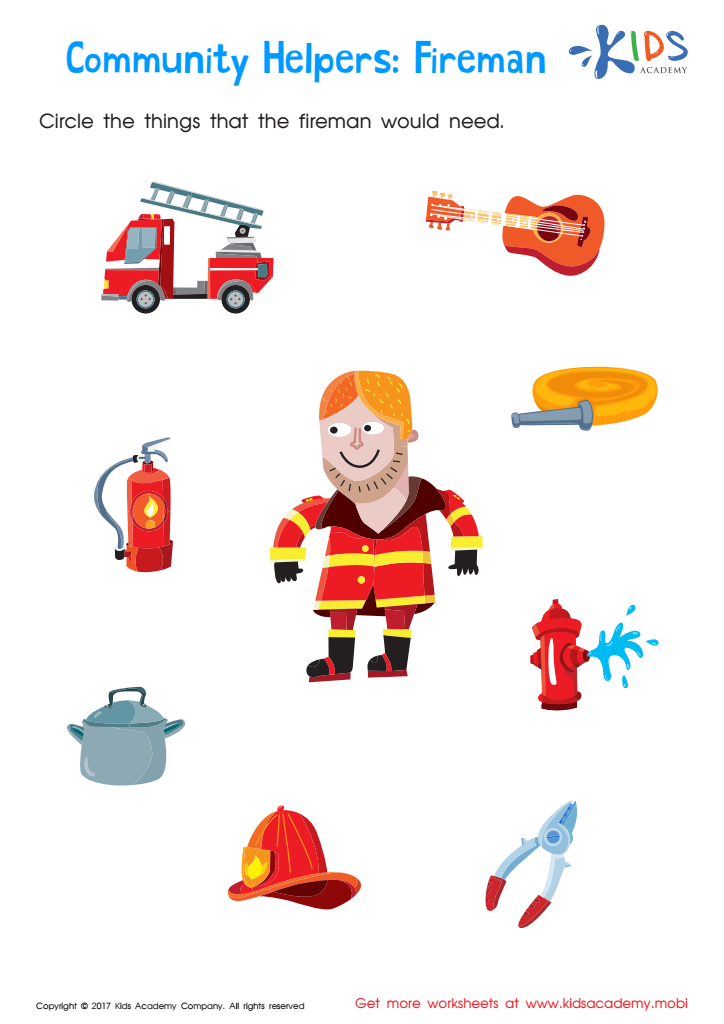

Fireman Worksheet
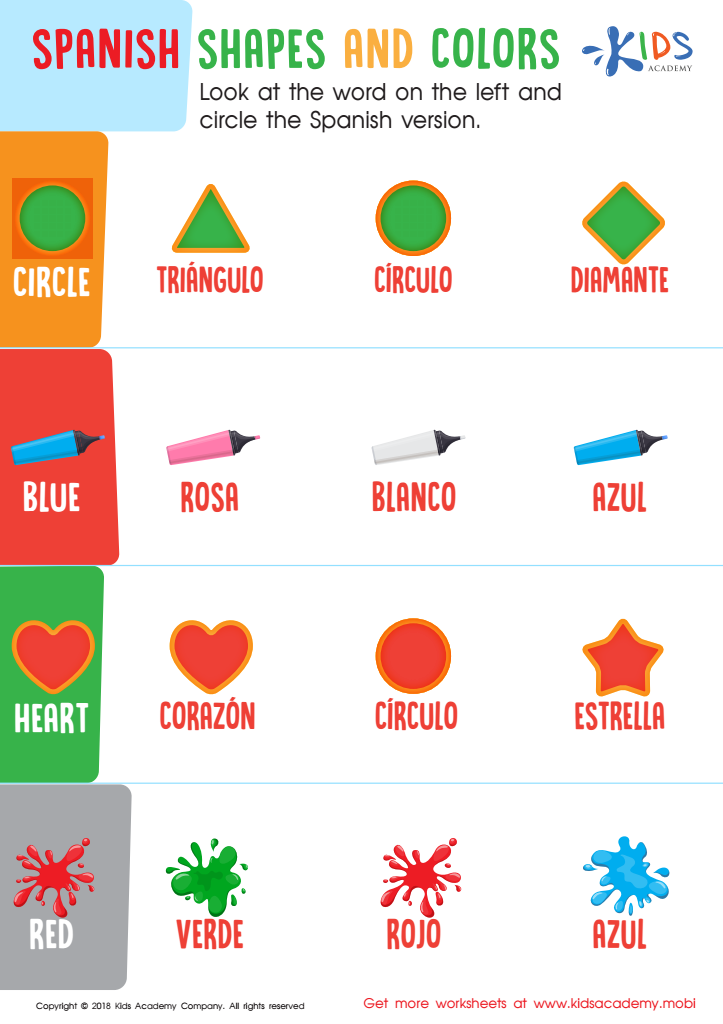

Spanish Shapes and Colors Worksheet


Playground Worksheet
Understanding and supporting color identification development in children ages 3-8 is essential for parents and teachers, as it plays a fundamental role in early learning and cognitive development. Colors are among the first characteristics young children notice and can distinguish. Recognizing and naming colors enhances their ability to categorize and classify objects, which are critical thinking skills related to math and science.
Early color identification aligns with language development, aiding children in expanding their vocabulary and communication skills. Being able to describe objects using colors helps children articulate their thoughts and enhances their descriptive language. This skill facilitates more effective communication and storytelling, which are important for literacy development.
In addition, color identification activities can support fine motor skills. Projects that involve coloring within lines, sorting colored objects, or engaging in color-based crafts encourage precision and hand-eye coordination.
Socially, discussing and identifying colors within a peer group encourages collaboration, sharing, and social interactions, which are imperative for emotional and social development.
For these reasons, integrating color identification into early education promotes a range of developmental competencies, setting a strong foundation for future academic and personal success. Hence, both parents and teachers should prioritize and encourage color recognition as a vital part of a child's growth and learning journey.

 Assign to My Students
Assign to My Students






